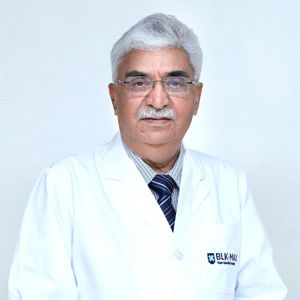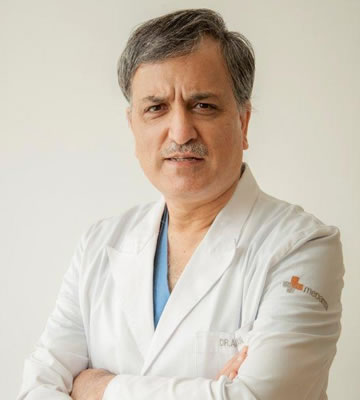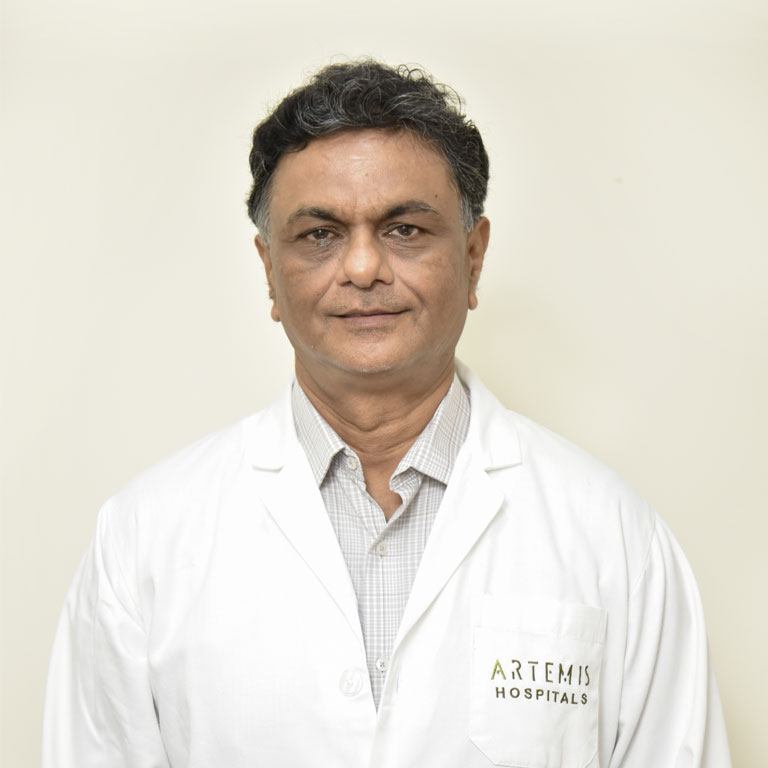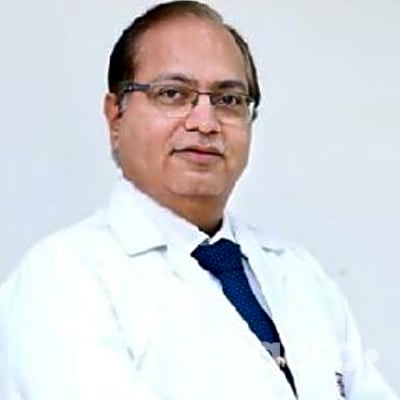Cure Connect
Pacemaker
A pacemaker is a life-saving device for those experiencing a slow heartbeat, ensuring your heart maintains a regular rhythm. If you’re considering getting a pacemaker, understanding its function and the types available can help you make an informed decision.
What is a Pacemaker?
A pacemaker is a small, battery-powered device implanted under your skin, typically near the collarbone. It monitors your heart’s rhythm and sends electrical signals to prompt your heart to beat if it’s going too slowly. This helps your heart maintain a steady and effective rhythm, which is crucial for delivering oxygen-rich blood throughout your body.
Types of Pacemakers
There are several types of pacemakers, each designed to meet specific heart conditions:
1. Single Chamber Pacemaker: This device sends electrical signals to the lower right chamber (ventricle) of your heart. It’s often used when only one chamber of your heart needs support.
2. Dual Chamber Pacemaker: This type sends signals to both the upper right chamber (atrium) and the lower right chamber (ventricle) of your heart. It helps coordinate the timing between these chambers, making your heartbeat more efficient.
3. Biventricular Pacemaker (Cardiac Resynchronization Therapy): This advanced pacemaker is for people with heart failure who also have a slow heartbeat. It stimulates both the left and right lower chambers (ventricles) of the heart, helping the heart muscle pump more effectively and improving overall heart function.
Getting a pacemaker requires minor surgery. The device is implanted under the skin near your collarbone, and the leads (wires) are guided through a vein to your heart. The procedure usually takes a few hours, and most patients can go home the same day or the next.

Dr. T. S. Kler
Chairman & HOD - BLK-Max Heart & Vascular Institute, Chairman Pan Max - Electrophysiology
Critical Cardiology, Non-Invasive Cardiology, Interventional Cardiology, Nuclear Cardiology, Cardiology, Electrophysiology And Arrhythmia Services, Technology For Heart Care Experience: 37+ Years

Dr. T. S. Kler
Chairman & HOD - BLK-Max Heart & Vascular Institute, Chairman Pan Max - Electrophysiology

Dr Anil Bhan
Chairman, Cardiac Surgery, Cardiac Care, MCh (CTVS) , MS(General Surgery) , M.B.B.S.
Dr. Bhan is an outstanding cardiovascular surgeon and a graduate from Medical College Srinagar (Best outgoing graduate-Gold Medalist).

Dr Anil Bhan
Chairman, Cardiac Surgery, Cardiac Care, MCh (CTVS) , MS(General Surgery) , M.B.B.S.

Dr Balbir Singh
Group Chairman - Cardiac Sciences, Pan Max & Chief of Interventional Cardiology and Electrophysiology, Max Saket
Cardiac Sciences, Cardiology, Cardiac Electrophysiology-Pacemaker, Interventional Cardiology Experience: 32+ Years

Dr Balbir Singh
Group Chairman - Cardiac Sciences, Pan Max & Chief of Interventional Cardiology and Electrophysiology, Max Saket

Dr. Sushant Srivastava
Chairperson Heart & Lungs Transplant MBBS, MS, MCh
MBBS, Patna Medical College, Patna, India MS (General Surgery), Patna Medical College, Patna, India, 1991 MCh (Cardiothoracic and Vascular Surgery), All India Institute of Medical Sciences, New Delhi, India, 1994

Dr. Sushant Srivastava
Chairperson Heart & Lungs Transplant MBBS, MS, MCh

Dr Ajay Kaul
CHAIRMAN CARDIAC SCIENCE | Fortis Noida Cardiac Sciences | MBBS, MS (General Surgery), M.Ch (Cardiothoracic Surgery),
Adult CTVS (Cardiothoracic and Vascular Surgery) | Heart Transplant | Heart & Lung Transplant

Dr Ajay Kaul
CHAIRMAN CARDIAC SCIENCE | Fortis Noida Cardiac Sciences | MBBS, MS (General Surgery), M.Ch (Cardiothoracic Surgery),

Dr Ramji Mehrotra
Vice Chairman - Cardiothoracic & Vascular Surgery Heart & Vascular Institute, Cardiothoracic And Vascular Surgery, Technology For Heart Care, Cardiac Intensive Care
Vice Chairman & Chief in Cardio Thoracic and Vascular Surgery (CTVS) Department at BLK Super Speciality Hospital, New Delhi.

Dr Ramji Mehrotra
Vice Chairman - Cardiothoracic & Vascular Surgery Heart & Vascular Institute, Cardiothoracic And Vascular Surgery, Technology For Heart Care, Cardiac Intensive Care
Plan Your Medical Tour Now
Plan your medical tour now with Cure Connect for seamless, affordable, and world-class healthcare services.
For more information, please contact the HealthFide team on WhatsApp.
For more information, please contact the HealthFide team on WhatsApp.
The Government of India encourages medical visas and the process is easy and quick without much documentation after a confirmation from the treating hospital.



